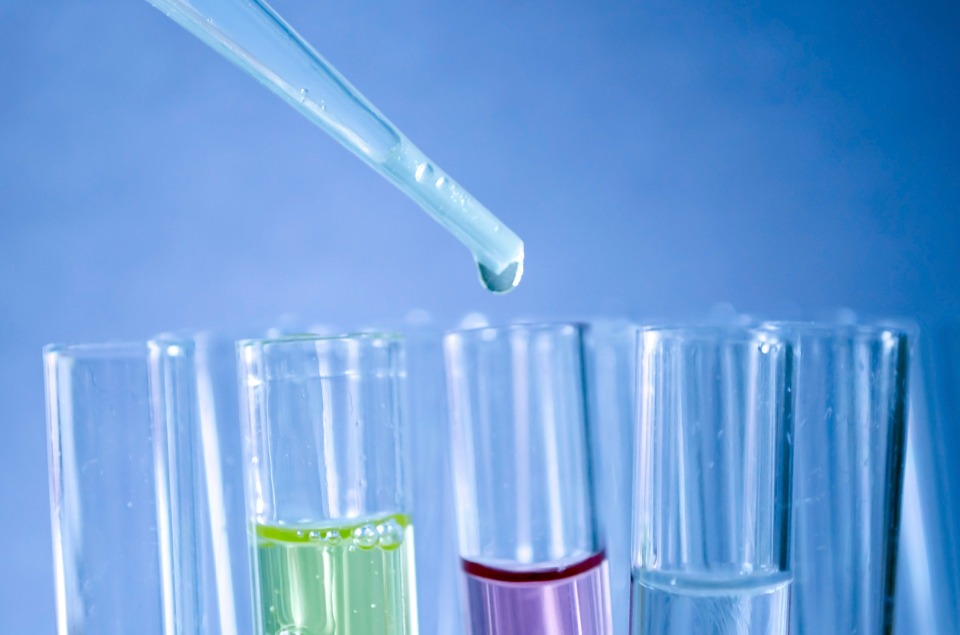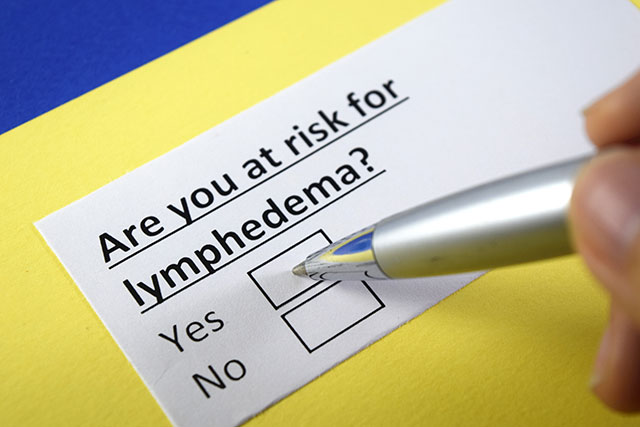Is your PAP smear telling the truth? New research suggests it’s not
04/15/2017 / By Rhonda Johansson

Pap smears may no longer be accurate in detecting cervical cancer. Experts in women’s health are now suggesting that a combination of a Pap smear and an HPV test or a sole HPV test is better suited in catching this form of cancer.
Cervical cancer is one of the most successfully treatable cancers, if found early. The rate of cervical cancer death has declined by half in the last 30 years in the United States because of early detection. This was believed to be because of the effectiveness of the Pap smear. Despite that, it is estimated that 4,210 women will still die from the disease this year alone. (RELATED: Cervical cancer is killing African-American women at twice the previously rate in spite of the HPV vaccine)
Pap vs. HPV
Around 70 percent of American women aged 18 years and older have had a Pap smear in the last three years. Within the American Cancer Society’s Guidelines for the Prevention and Early Detection of Cervical Cancer, all women should begin their routine cervical cancer screening once they reach 21 years of age. Those who have abnormal screening results are encouraged to have a follow-up Pap smear within six months to a year to ensure proper health. Women who are 30 years old and older are recommended to have a Pap smear and HPV test every five years.
However, two medical groups that regularly diagnose and treat cervical cancer have deviated from these guidelines. The Society of Gynecological Oncologists and the American Society of Colposcopists and Surgical Pathologists (ASCCP) say that HPV tests should replace Pap smears. In fact, they recommend HPV testing for women aged 25 to 29, regardless of what these women’s Pap smears say. If a woman tests positive for two different strains of HPV (HPV 16 or 18), a colposcopy is suggested. This is a surgical procedure in which the vulva, uterine cervix, and vaginal walls are magnified and examined.
In 2014, the FDA approved the Cobas HPV to test for cervical cancer as an alternative to the traditional Pap smear. FDA authorities say that they are not making any kind of judgment on the best way for women of any age to screen for potential cancer risk, only that HPV tests are an acceptable way to detect cancerous cells.
False Positives
These directives were made after it was found that sexually-transmitted disease — most of which are caused by the HPV strain — increases a woman’s risk of developing cancer, along with a variety of other reproductive health problems such as infertility and organ damage. The Centers for Disease Control and Prevention (CDC) estimates that 20 million cases of sexually transmitted infections occur annually in the United States. Gynecologists say that testing for HPV would prove to be more accurate in detecting potential cervical cancer risks.
Or would there be just an increase of false positives? Most women who have had an HPV test often test positive, however not all strains of the virus are pre-cancerous. Merely testing positive for HPV may not give crucial data. Still, this could be preferable to Pap smears which experts say are not a reliable measure of risk. Around 10 percent of Pap smears show abnormal results, but only 0.1 percent of these actually are cancerous.
Health professionals caution the public, admitting that no test is 100 percent accurate. Still, new tests and methods are being developed to limit the inaccuracy. There are computerized Pap smear systems that rescreen the original sample. However, these are still in their early stages and have not been studied for their efficiency or accuracy. There are also liquid-based tests that rinse the original cervical sample to thin the mucus and isolate abnormal cells. Again, these still require further research before becoming general practice.
Sources:
Tagged Under: cervical cancer, HPV test, Pap smear




















